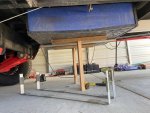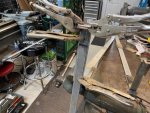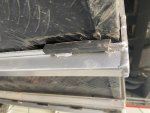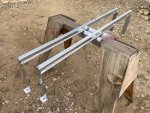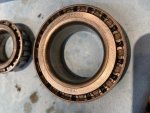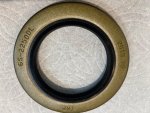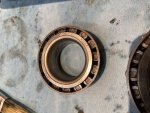Hi Bikepedals! Ok, I did some reading on the 100AH Lithium Renogy battery, and see how that one needs to be charged. Renogy doesn't provide a lot of information unfortunately. Specifically, they do not say if a fixed time absorption stage is fine, or not. For the BattleBorn they recommend 30min per battery (so if you have 3, that would be 90 minutes). Renogy also doesn't say anything about what float voltage is acceptable, as far as I can tell. Renogy recommends a maximum charge rate of 0.2C, BattleBorn recommends maximum 0.5C. So you can charge the BattleBorn batteries a lot faster. For both, the bulk and absorption voltage recommendation is the same. 14.4V is good. Not sure I would mix the two brands and connect both to the same charge controller. Also, if you want to put the Renogy in parallel with the BattleBorns, you will have to run some seriously thick cable from the front storage compartment to the battery compartment. So as to not incur a voltage drop over the cables. But why go with four of those lithium batteries? That is a lot of capacity, will you really need that? I consider two lithium batteries roughly equivalent to four lead acid batteries. Given that you should not draw down a lead acid battery close to empty, as that really hurts battery life.
BTW Whatever you do, I highly recommend installing the Victron BMV-712 battery monitor. It is so nice to exactly see how full your batteries are. This monitor computes the state of charge very accurately. Also, really cool to see that when the batteries are full, the current going in is exactly 0. The BattleBorn batteries simply don't accept more current once full.










